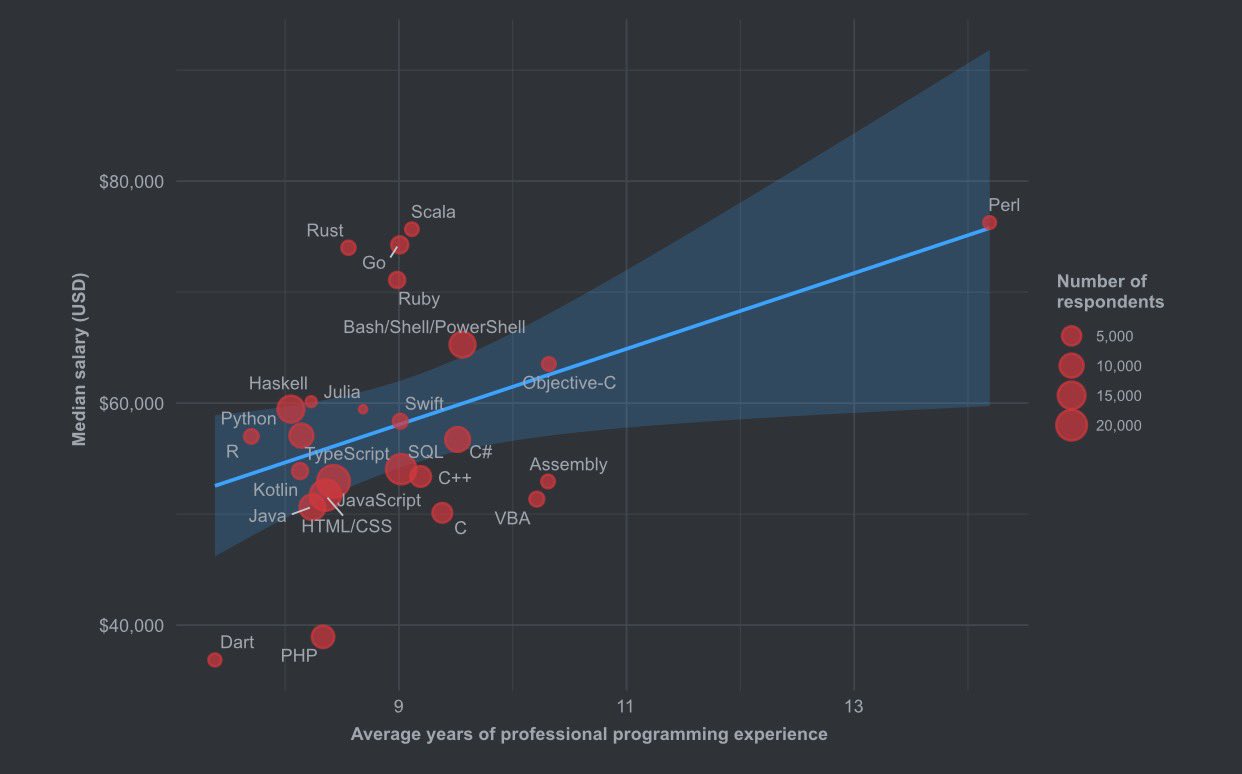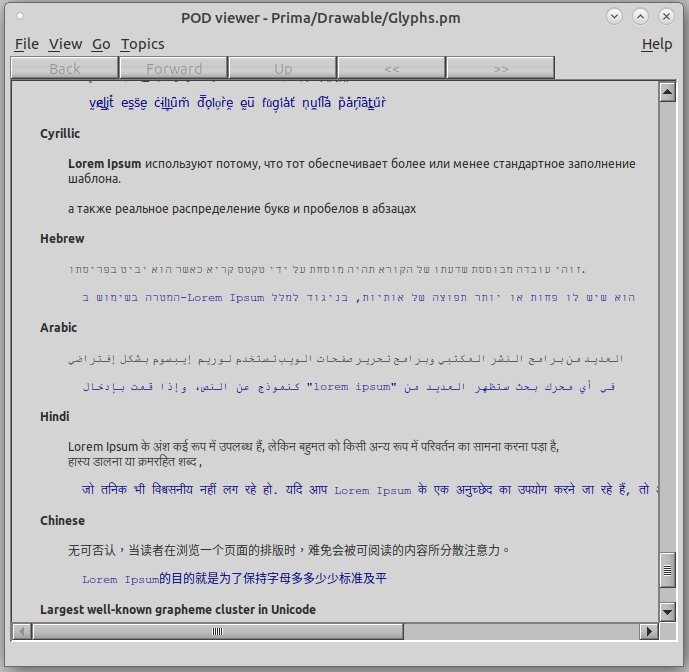Handling Perl character codes is very easy even for beginners.
I feel that Perl users are losing confidence because of negative feedback from other communities.
The opinions of people who intend to harm Perl are 99% useless in my experience.
Handling character codes is actually simple.
Because all you have to do is remember the following three things.
1. use utf8 and save file as UTF-8
2. if you print text, encode text to platform charset(Linux is UTF-8, Windows is cp932)
3. if you get text from outside, decode text from platform charset(Linux is UTF-8, Windows is cp932)
If "use v7;" enabled "use utf8", it would be less memorable and less mistake.
Beginners will first remember that Perl source code is stored in UTF-8.
Next, the introductory person will notice that using a print statement results in a "Malformed ..." warning.
And, to get rid of the warning, he will have to encode with the platform character code.
Once he have learned that, he will naturally learn that he need to decode when he bring in text from the platform.




